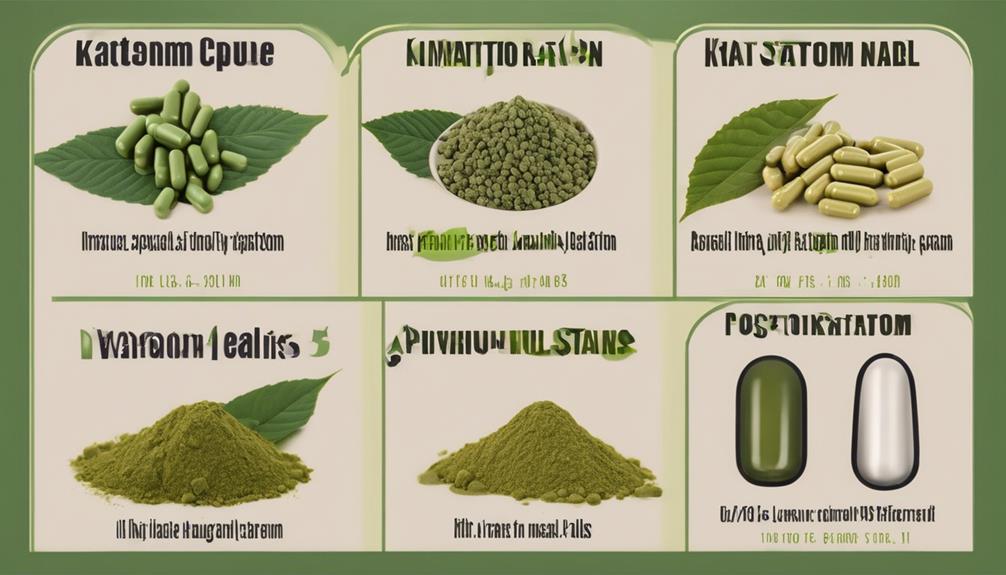Best Kratom For Pain And Energy

The natural supplement Kratom, derived from the leaves of the Mitragyna speciosa tree native to Southeast Asia, has garnered increasing attention for its potential to alleviate pain and boost energy. Users report varying experiences, leading to a complex landscape of strains and vendors, making it crucial for consumers to navigate this market with caution and informed awareness.
This article examines the diverse world of Kratom, exploring different strains known for pain relief and energy enhancement, while also addressing the ongoing debate surrounding its safety, legality, and potential benefits and drawbacks. Understanding these nuances is essential for individuals considering Kratom as a potential wellness aid.
Kratom Strains and Their Effects
Kratom strains are typically categorized by the color of the veins in the leaves: red, white, and green. Each color is associated with a different alkaloid profile, influencing the overall effects experienced by users.
Red vein Kratom is often cited for its pain-relieving and relaxing properties. It is believed to contain higher levels of 7-hydroxymitragynine, an alkaloid thought to contribute to its analgesic effects.
White vein Kratom is frequently chosen for its stimulating and energizing effects. Users report increased focus, alertness, and motivation when using white vein strains.
Green vein Kratom is generally considered to offer a balanced effect, providing both pain relief and energy enhancement. Many find it to be a good option for daytime use, providing a moderate boost without the intensity associated with white vein strains.
Popular Strains for Pain Relief
Several specific Kratom strains are consistently mentioned for their pain-relieving properties. Red Bali is a common choice due to its relaxing and analgesic effects.
Red Borneo is another well-regarded strain known for its potential to ease discomfort and promote relaxation. Maeng Da, regardless of its color, is often potent and can be effective for managing pain, although red varieties are usually preferred for this purpose.
Top Strains for Energy Enhancement
For those seeking an energy boost, white vein strains are often favored. White Thai is frequently lauded for its stimulating and mood-enhancing effects.
White Borneo is known for providing a clean and focused energy, making it a popular choice for productivity. Maeng Da Kratom, particularly white and green varieties, can also deliver a significant energy boost.
Navigating the Kratom Market: Quality and Safety
The Kratom market is largely unregulated, which presents challenges for consumers seeking quality and safe products. Choosing a reputable vendor is crucial to ensure the Kratom is tested for contaminants and accurately labeled.
Look for vendors who provide third-party lab testing results, demonstrating that their products are free from heavy metals, pathogens, and adulterants. Transparency and quality control measures are essential indicators of a trustworthy vendor.
Dosage is also a critical factor when using Kratom. Starting with a low dose and gradually increasing it until the desired effects are achieved is generally recommended.
The Ongoing Debate: Legality and Regulation
The legal status of Kratom varies significantly across different states and countries. Some regions have banned Kratom due to concerns about potential risks and lack of regulation.
The Food and Drug Administration (FDA) has issued warnings about Kratom, citing concerns about its safety and potential for addiction. However, proponents of Kratom argue that it can be a safe and effective alternative to traditional pain medications when used responsibly.
The American Kratom Association (AKA) is a leading advocacy group working to protect access to Kratom and promote responsible regulation. They advocate for the Kratom Consumer Protection Act, which aims to establish quality control standards and prevent the sale of adulterated Kratom products.
Potential Risks and Side Effects
Like any substance, Kratom carries potential risks and side effects. Common side effects include nausea, constipation, and dizziness.
Some users may experience more serious side effects, such as respiratory depression or liver problems. Kratom can also be addictive, and withdrawal symptoms may occur upon cessation of use.
It is essential to consult with a healthcare professional before using Kratom, especially if you have pre-existing medical conditions or are taking other medications.
The User Perspective: A Human-Interest Angle
For some, Kratom offers a viable alternative for managing chronic pain or improving energy levels. Many individuals who have struggled with opioid addiction have turned to Kratom as a safer and more natural way to manage pain and avoid relapse.
However, these experiences should be viewed with caution and considered anecdotal, as scientific research is still ongoing. It is critical to approach Kratom with a balanced perspective, recognizing both its potential benefits and potential risks.
Conclusion
Kratom presents a complex and evolving landscape with potential benefits for pain relief and energy enhancement. However, navigating the market requires careful consideration of strain selection, vendor reputation, and potential risks.
As research continues and regulations evolve, it is crucial for consumers to stay informed and prioritize their health and safety. Responsible use, informed decision-making, and consultation with healthcare professionals are essential when considering Kratom as a wellness aid.


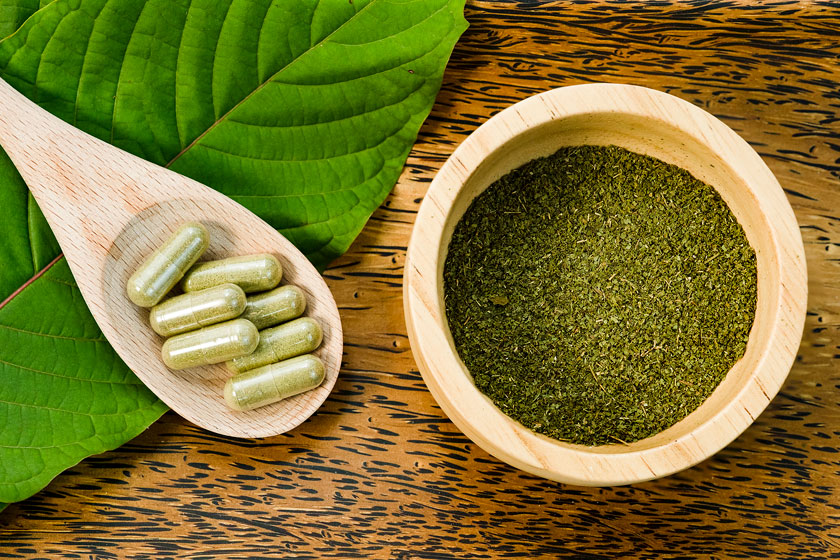
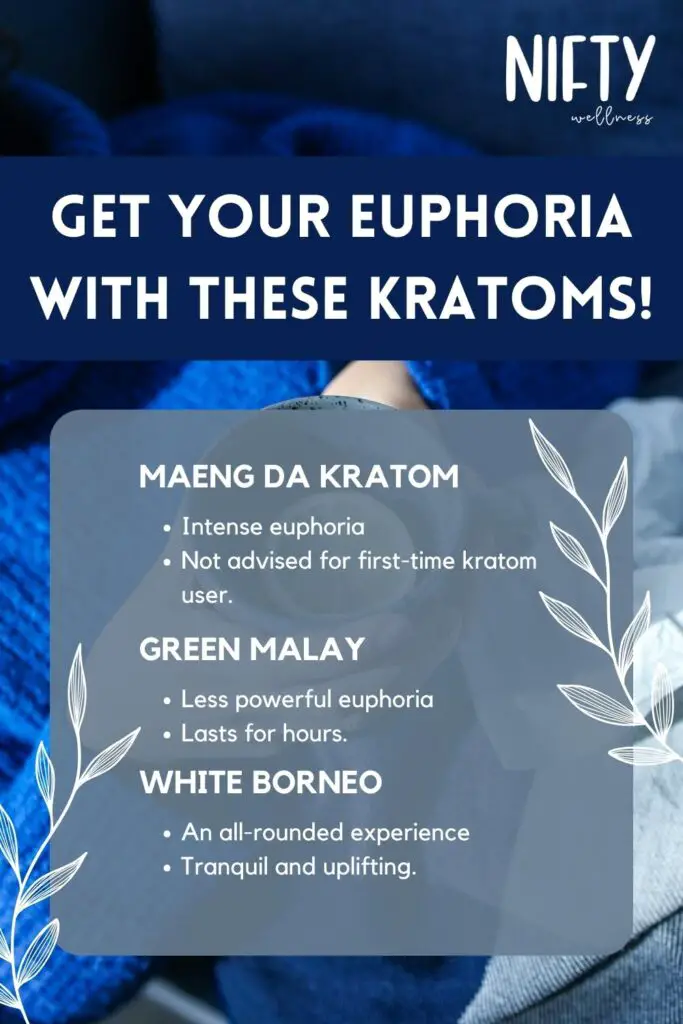


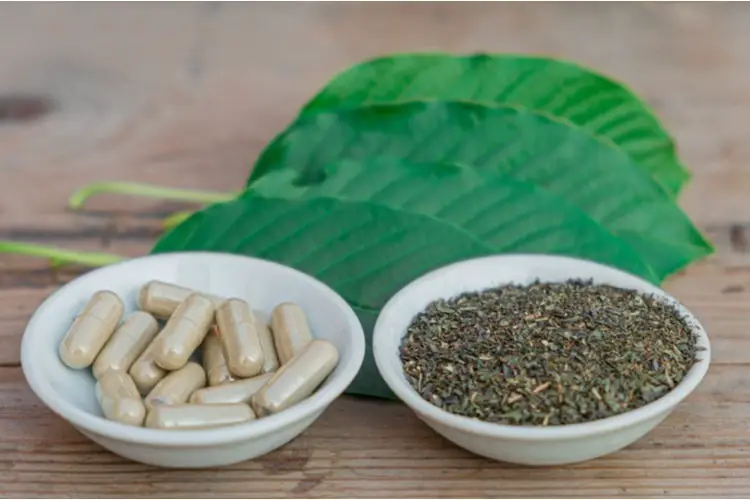

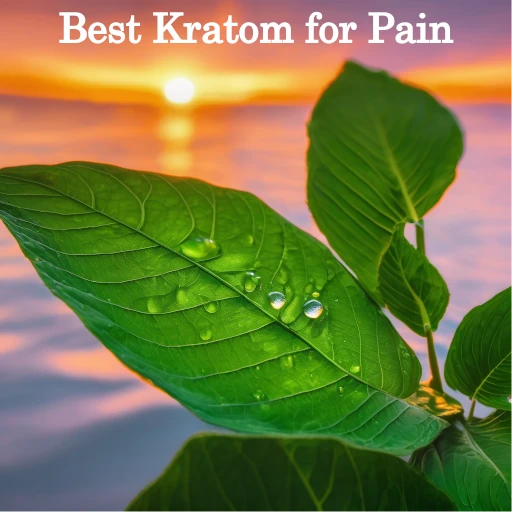

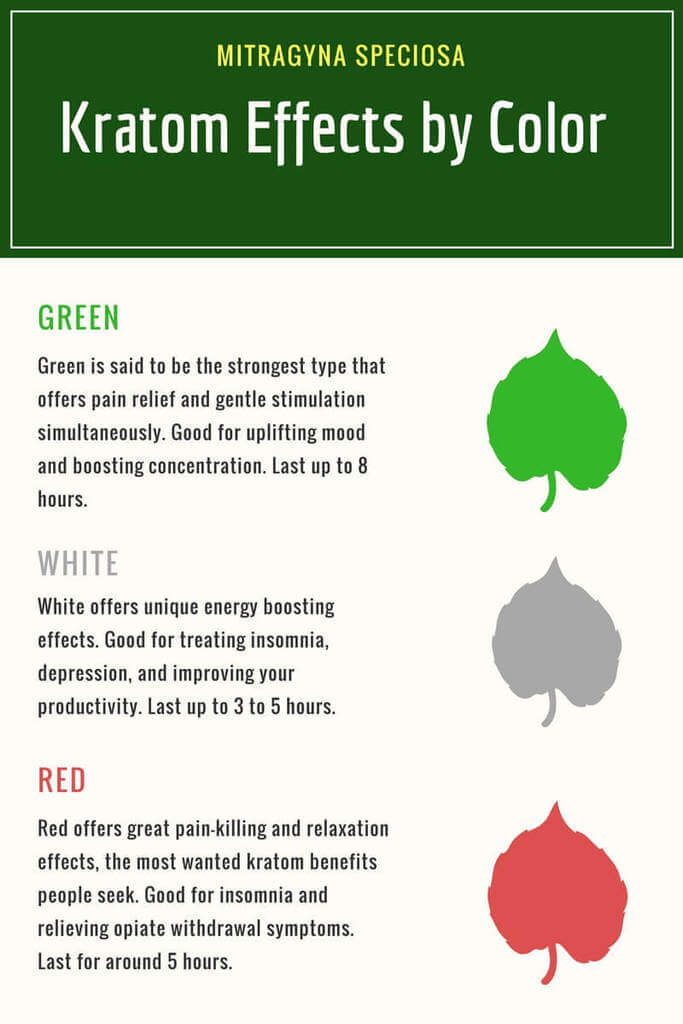


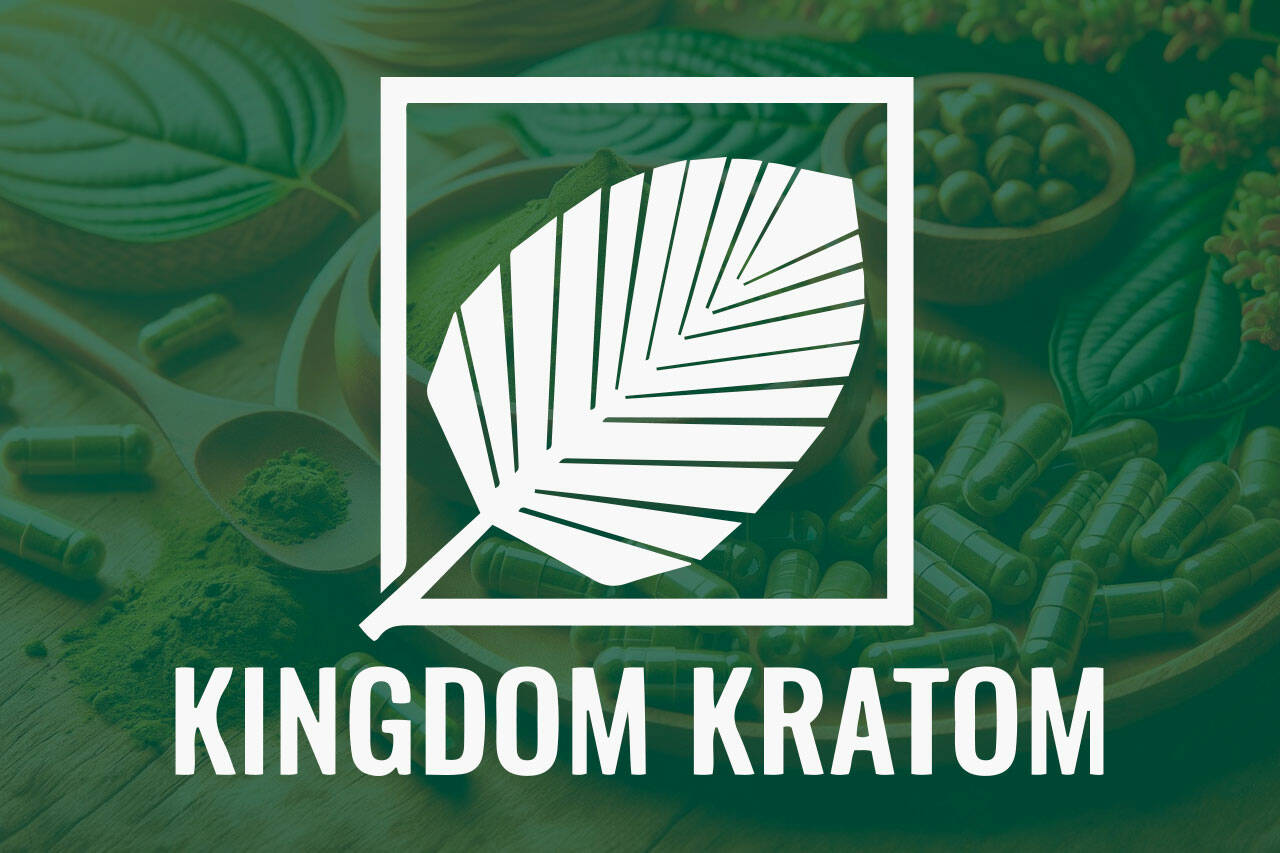
![Best Kratom For Pain And Energy Best Kratom for Pain Relief: [2024]: Premium-Quality Kratom Strains](http://partnercontent.eastbaytimes.com/wp-content/uploads/2024/09/image1_68df5e-1024x576.webp)

